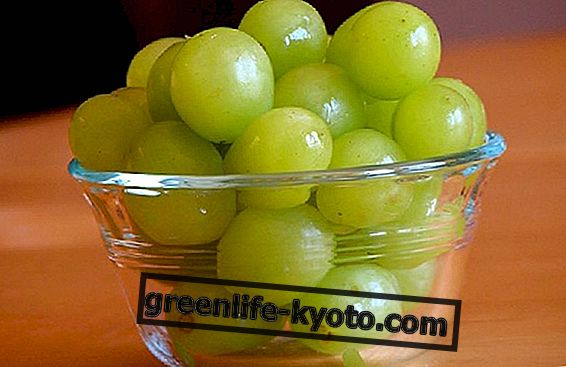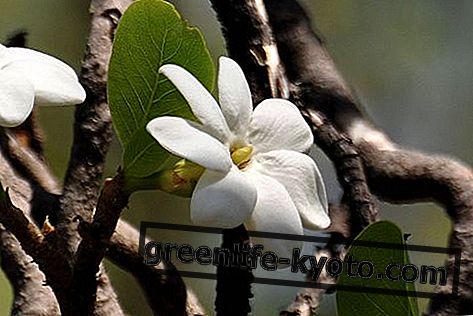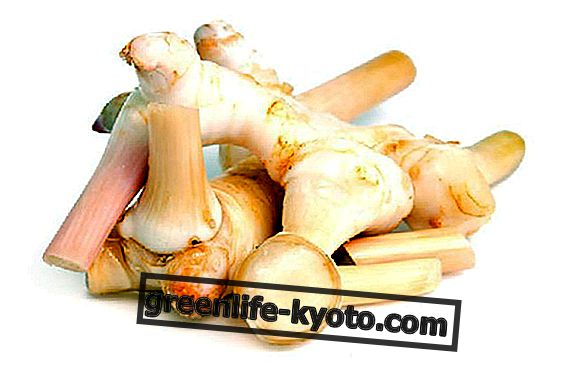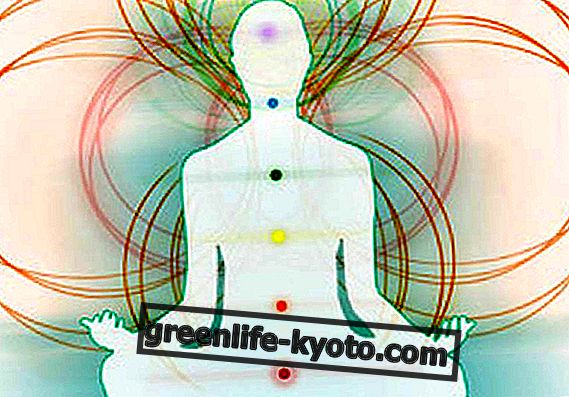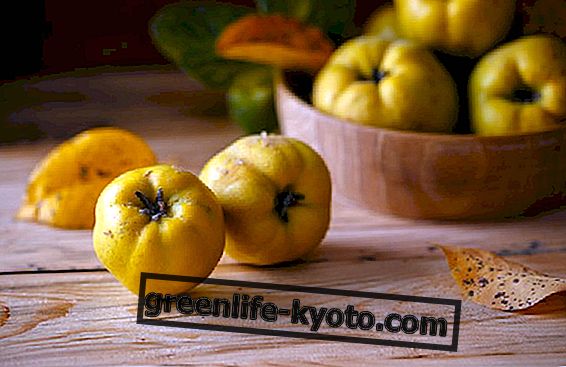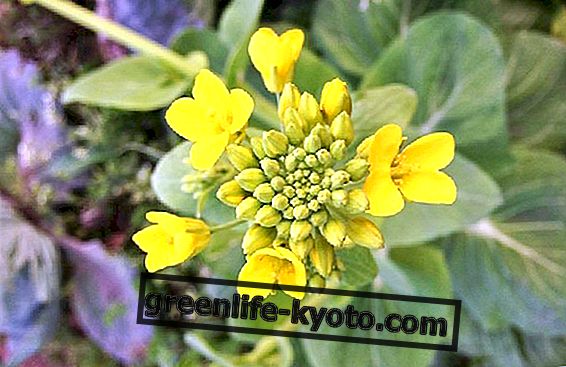Elastin is a protein that forms the elastic fibers of connective tissues. In the dermis the elastin is produced by cells called fibroblasts and gives elasticity and tone to the epidermis . The decrease in the amount of elastin inside the dermis can give rise to the appearance of stretch marks and wrinkles. Preventing the formation of stretch marks and slowing down the aging process is possible through the use of natural ingredients.
>
Elastin fibers inside a connective tissue

What is elastin
Elastic fibers, together with collagen fibers and reticular fibers, constitute the connective tissue of our body. The elastic fibers give the fabric elasticity, that is the ability to return to its original shape and size after distension.
Elastic fibers are composed of thin microfibrils and an amorphous substance. Microfibrils are mainly composed of fibrillin, a protein, while the amorphous substance is mainly composed of elastin, a protein synthesized by fibroblasts and formed by tropoelastine molecules.
Elastin and stretch marks
Elastin gives the epidermis the ability to relax without damage: when the relaxing force ends, our skin is able to return to its original shape and size thanks to elastin.
However, when we gain weight too quickly, the distension exceeds the skin's ability to return to its original state and the tissue is damaged in depth, causing stretch marks to appear.
Stretch marks that appear during development and pregnancy are due to the increase in cortisone hormones: these break up the structures of elastin and collagen and inhibit the production of these two proteins by fibroblasts. In this way, the skin loses its elasticity.
For the same reason, cortisone therapies reduce the synthesis of elastin and are among the causes of the formation of stretch marks.
It is possible to prevent the formation of stretch marks by supplying the skin with substances capable of stimulating the fibroblast synthesis activity. In critical periods, such as during development and pregnancy, or when you gain weight, it is useful for example to use daily massages with Rosa Mosqueta oil and shea butter to prevent the appearance of stretch marks and help the healing of newly formed ones.
The properties of copper capable of increasing the production of elastin

Elastin and wrinkles
With increasing age, dermal fibroblasts decrease in number and progressively reduce their activity, producing less elastin and less collagen.
The gradual decrease in skin elasticity is one of the causes of the appearance of wrinkles and loss of tone by the tissues of the face and body. The sagging of the skin is particularly visible in the area around the face and in the lower part of the arms.
To slow down the aging process, from the cosmetic point of view, you can resort to the application of emollient and moisturizing creams that contain natural active ingredients that can stimulate fibroblast activity, firm tissue and reduce the action of free radicals .
Among the natural ingredients, vegetable oils and butters are able to act on fibroblasts and provide the skin with antioxidant vitamins: argan oil, avocado oil, rosehip oil are three of the oils vegetables to be used to prevent wrinkles and loss of tissue elasticity.
Furthermore, to promote cell renewal it is also useful to resort to peeling, scrubs and exfoliating treatments that remove the superficial cells of the stratum corneum. In this way the skin will be stimulated to produce new cells and this can increase the synthesis of collagen and elastin.
Once a week it can therefore be useful to perform a face and body scrub with sugar and extra virgin olive oil or to apply an exfoliating mask.


